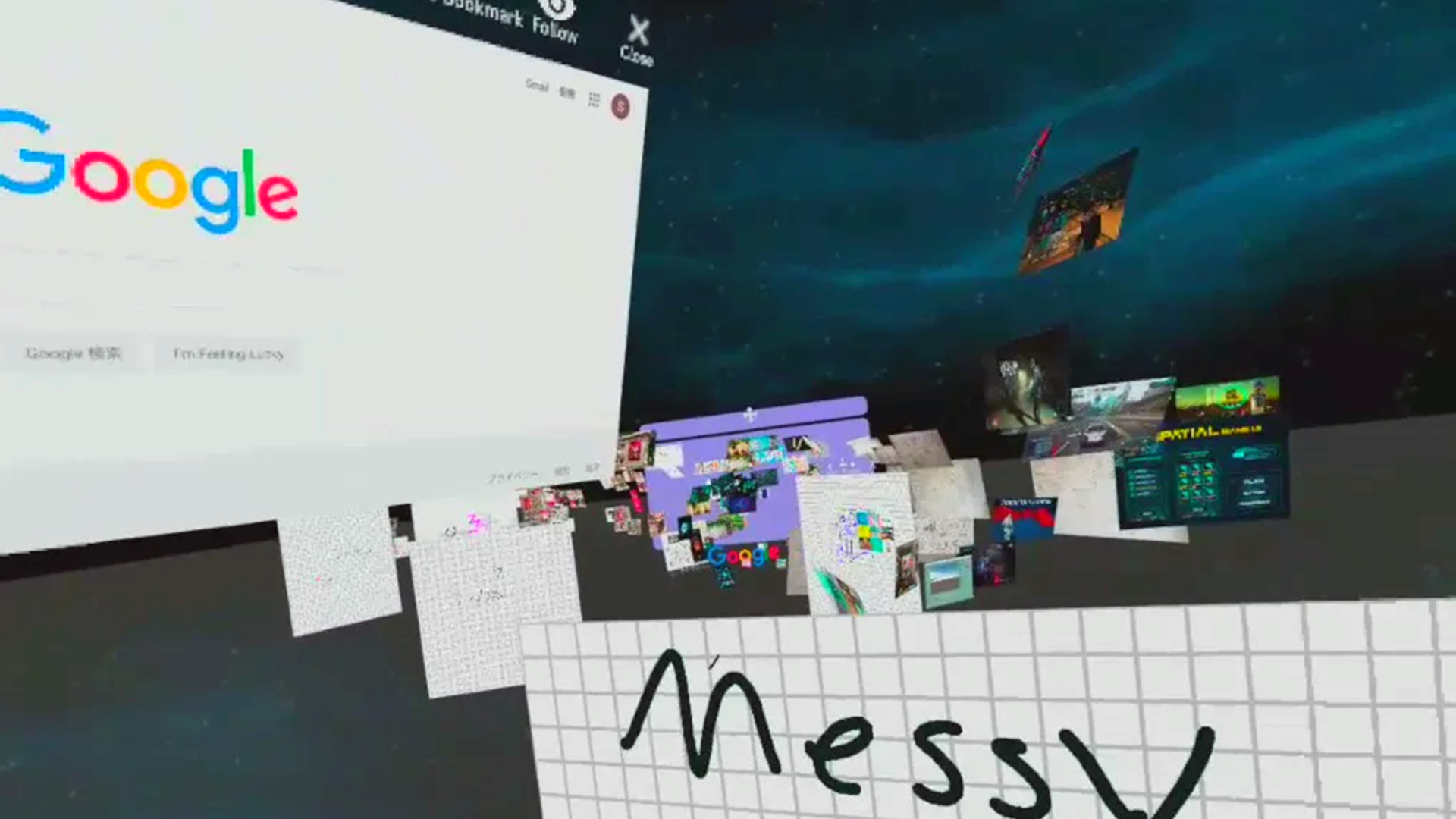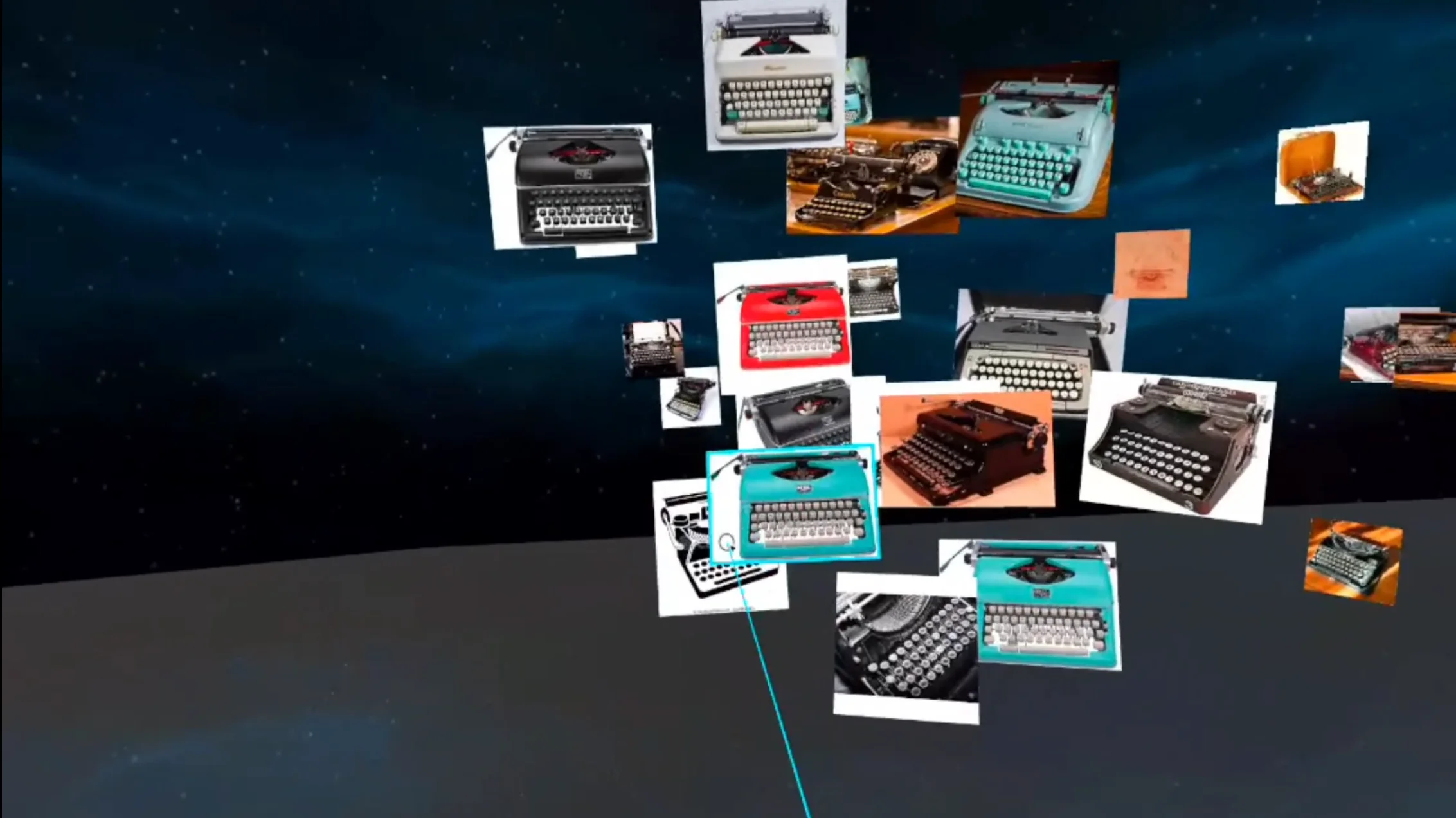Doing Real Work in Virtual Reality

Since the pandemic, workers all over the world have adopted new ways to collaborate. When it’s difficult to meet in person, they meet online. None of the technology used for this is new, but for a huge number of those workers, this is a new experience . It’s a teleconference, group chat, and a screen-share, all at once, when many of us were just using speakerphones in 2019. It’s no wonder they refer to this new kind of conference call as “virtual reality.” Whatever you call it though, it’s basically a conference call.
Zoom, Skype, Google Meet, and nearly all the others, they have the communications features above, but none of them offer a simulated reality at all. Aside from the fact that the thinking in some meetings can miss the mark when it comes to actual reality, that is. For some, meetings are only for planning the real work and for others they’re not even included in the meetings. Does this mean that working in VR is only for executives?
Virtual Reality Workspaces
Some apps for working in VR take another approach. Typically they involve a 3D space, or object, for the group to experience or consider. A team of architects might use virtual reality, with a headset on, to navigate a blueprint to see if perhaps the staircase is too wide. A team of engineers can take a model apart to examine how its pieces together, without ever building a prototype. Those are ideal examples of working in virtual reality, but there are important differences. These tasks are not a conference call, and for tasks like these, VR provides some new abilities.

Far more typically, when there is a virtual environment, in Horizon Workrooms for example, the environment you experience is a copy of a meeting room, or an office space. New virtual workspaces are popping up like it’s a gold rush lately. Most of them share the same features . One or many virtual monitors can display in VR what would otherwise be on your real monitor(s). Of course there are teleconferencing features, but now they have avatars. (Annoyingly, you can’t really keep your avatar from one app to another.)
It’s more uncommon that you can import a 3D model to work with, let alone an environment. You might say it’s more accurate to call these VR productivity apps a “substitute reality” than a “virtual” one. The difference being that a substitute is a model of actual reality, where an augmented or virtual one can go beyond that. At the moment, it seems a poor substitute, too.
What’s it like to work in Virtual Reality?
There are several articles already that say, essentially, “ I tried working in virtual reality for a day, and this is what happened. ” All the articles I found describe the experience of a first-timer.
It’s a great perspective, to deliver on the promise of the headline. They describe how they got started, their first impressions, and give an overview of the experience in general terms. Then, they quit.
In many articles, the author switches right away to working conventionally, never to return to a virtual reality workspace. I think it bears repeating that many of these articles are from professional writers. They don’t benefit from the addition of another, simulated monitor. Perhaps they’re not touch-typists either.
The argument against working in virtual reality seems clear: VR doesn’t bring anything new to the workplace , and VR can be disorienting, even uncomfortable at first. .
Are these articles accurate, though? Like anything in life, the experience is different with practice, and nothing’s ever like the first time. What’s it like to work in virtual reality for a week, a month, a year? Over any span of time, the initial disorientation and the first impressions will wear off. What then?
To be fair, there are detailed studies of the long-term experience of working in VR, but naturally they’re outnumbered by the more rapidly produced blog posts. There, too, the study does show some discomfort, but also that it tends to subside.
Speaking of first impressions, virtual reality is a nascent technology. You can probably find articles from the 90s about working online, with similar criticisms, but now it would be impossible to do so much work in the world, wihtout being online in some way. This is a random example but even in agriculture, you might use a local network to control a drone to spray or survey the crops, and perhaps a “smart” tractor . Anyway, the web is everywhere obviously. Will VR become as big a part of life as the web? Time will tell.
The web became useful for doing real work, only when it added to what you could do. The web, like VR now, started from very a similar simulation. For example, your average desktop computer’s interface begins with a simulation of a literal desktop, with a folder full of paper files, and a wastebasket, but if that’s all it could do, you wound’t need it. You’d prefer the actual experience, to crumple real paper and toss it through actual space to see it land, or not, in the wastebasket. Instead, the computers obviously do so much more than paper. Excel formulas, email, web browsers, electronic calendars, version control, endless whiteboards, and so many other things are why computers and the web are definately here to stay in the workplace. It’s because of what they add to the work experience: efficiency, simplicity, and the ability to do things that are otherwise impossible.
A Better Way to Work
What could it look like when VR becomes that mature? Right now it’s anybody’s guess, but I found one simple example. To me, it’s pointed in a better direction than “substitute” reality. It’s a crude, experimental app, but it’s a great idea. It builds upon, maybe even “solves” an issue with working online: scrolling. On the web, you search and you scroll, you post and you scroll, you read and you scroll and it’s totally natural. Too often, though, you can’t collect, you can’t rearrange, you can’t make the messy piles that are so often synonymous with creative minds at work. This app lets you make those messy piles, on the moon, but you can do it in a way that would be so difficult otherwise.
The app is called
MessySpace
. It’s an apt name. It is messy, clunky to use, definately a prototype, but again, it’s a proof of concept so we can overlook that for now. To start with, you’re situated in space, or another big environment, and you’ve got a pointer, a writing tool, and a browser, just as you would back at the real-world studio. The app is available to sideload onto an Oculus Meta Quest
I used the app a few times, so I could go beyond my first impression of it. There’s a tutorial, so I went through it. I spent some time just playing with the pointer and the pen. Eventually I felt ready to simulate some work.
To demonstrate the concept, the tutorial encouraged an image search on a search engine. I thought of an example I’d done recently, to search for vintage typewriters . There’s a lot of them, they’re very different, and fun to look at. As before, the image search appeared and I could scroll through it. I could do more, though. I could pick the pictures up, sort them into groups. The photos were like print-outs, but they stay in space wherever you place them with no effect from gravity. So that’s why the environment looks like outer space.

I learned pretty quickly how to duplicate images, move entire piles, change the size of images, and in general to do more with them, more quickly, than I could have done at my desk and it would take several apps to do it that way.
Then it crashed. Overall, though, I was impressed. It’s much more interesting and useful to manipulate information than it is to interact with a simulated interface. I could definitely put this to use for any creative project that relies on lots of visual examples. I happen to work on many of those, so this one works for me. More like this please, and I could consider doing some work in VR. That writing tool though. Wow. I need to work on my manual handwriting skills.